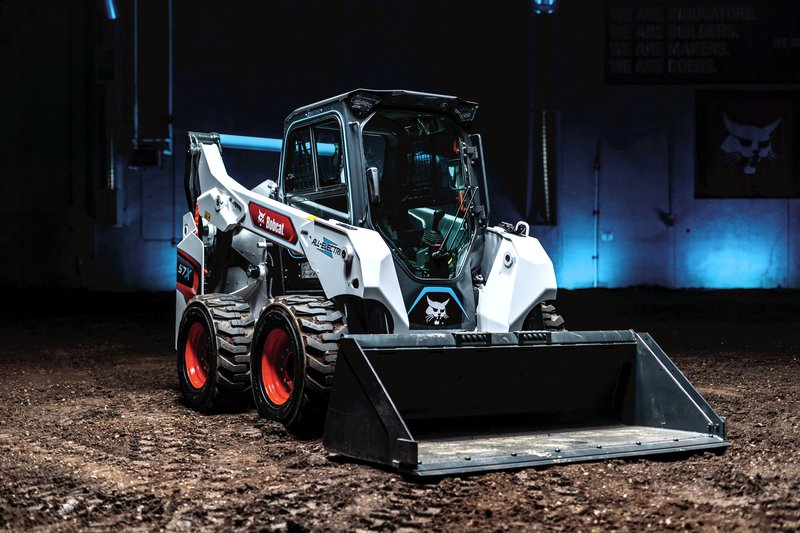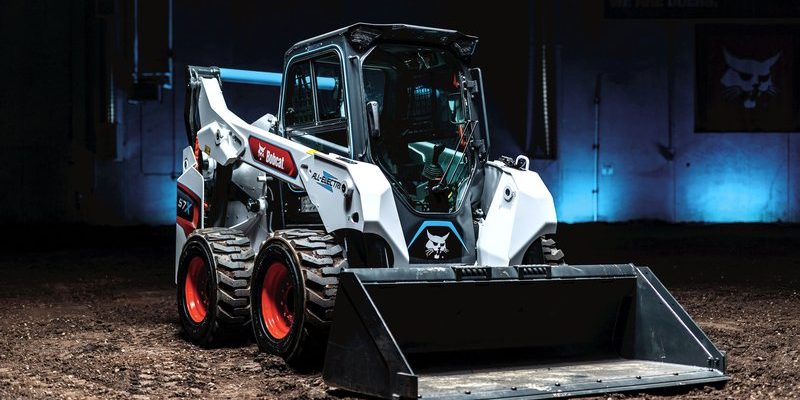
Bobcats are stealthy hunters found mainly in North America, and they thrive in diverse environments, from forests to mountains and even deserts. But their influence reaches far beyond their immediate surroundings. Let’s explore the different aspects of a bobcat’s role in its ecosystem, understanding how these magnificent animals contribute to the delicate balance of nature.
What Do Bobcats Eat?
Bobcats are classified as carnivores, which means their diet primarily consists of meat. They’re pretty versatile when it comes to food preferences. You might be surprised to learn that bobcats feast on a range of animals, including:
- Rabbits
- Rodents
- Birds
- Deer fawns
- Even the occasional reptile or amphibian
This variety in diet is essential for their survival and the health of their ecosystem. For instance, by preying on rabbits and rodents, bobcats help keep their populations in check. If these small animals overpopulate, they can rapidly deplete vegetation, leading to a cascade of environmental issues. Here’s the thing: when bobcats hunt, they’re not just hunting for dinner; they’re essentially acting as nature’s managers, maintaining the balance that allows various species to thrive.
How Do Bobcats Impact the Food Chain?
Bobcats hold a significant position in the food chain. They are considered mesopredators, meaning they’re not the top predators like wolves or mountain lions, but they certainly aren’t at the bottom. Their presence in an ecosystem helps control other wildlife populations, creating a more balanced food web.
For example, when bobcats hunt and manage the population of smaller mammals, it indirectly benefits plants and other animals. Fewer rodents mean more vegetation can grow, which in turn supports herbivores like deer. In a thriving ecosystem, everything is interconnected. So when bobcats do their part, it promotes lasting health for many other species, including their own!
Bobcats and Their Habitat
Bobcats are incredibly adaptable. They can thrive in various habitats, from dense forests to shrublands and even urban areas. Their ability to live in different environments is advantageous for both them and their ecosystems.
By finding homes in areas close to human settlements, bobcats can help control the populations of pests that could become an issue for people. Imagine a bobcat prowling through a suburban neighborhood—while it may seem unusual, it’s beneficial. By preying on rodents that can damage gardens or spread disease, these cats serve as natural pest control.
However, as more human development encroaches on their habitat, it’s vital to ensure these wild cats have spaces to roam and hunt. Habitat preservation is key to maintaining the role bobcats play in their ecosystems.
Bobcats and Biodiversity
Biodiversity refers to the variety of life in a particular habitat. Bobcats help foster biodiversity by keeping prey populations at healthy levels, which allows various species to coexist. In an environment where bobcats thrive, numerous plants and animals can also flourish.
Here’s something interesting: Bobcats often prey on sick or weak animals. By culling these individuals, they contribute to the overall health of prey populations. Healthier prey populations can lead to a more balanced ecosystem where species can better adapt to environmental changes. So, in a way, bobcats are not just hunters; they’re guardians of biodiversity, ensuring that ecosystems remain robust and resilient.
Bobcats and Conservation Efforts
As essential as bobcats are to their ecosystems, they face threats from habitat loss, hunting, and climate change. Conservation efforts are crucial to protect these animals and their roles in nature. Organizations and wildlife agencies often focus on preserving their habitats and monitoring populations.
You might be wondering how you can help conserve bobcats. Supporting local wildlife initiatives, participating in habitat restoration projects, or simply spreading awareness about these fascinating creatures can make a difference. Every little effort counts!
Conscious choices, like supporting sustainable land use, can help ensure that bobcats continue to thrive in their natural habitats. After all, a healthy bobcat population means a healthier ecosystem for us all.
Bobcats are more than just beautiful creatures prowling through the wild; they are vital components of their ecosystems. From controlling prey populations to fostering biodiversity, their presence has far-reaching implications for the health of their environments. As adaptable and resilient animals, bobcats play a crucial role that reminds us of the interconnectedness of life.
Protecting these fascinating felines isn’t just about saving a species—it’s about sustaining the intricate web of life that makes our planet vibrant. As we continue to learn about bobcats and their habitats, we must champion efforts to preserve their place in nature. After all, a healthy ecosystem benefits not just the wildlife within it but also us as humans. So the next time you think of bobcats, remember their incredible role in maintaining the balance of our natural world.

